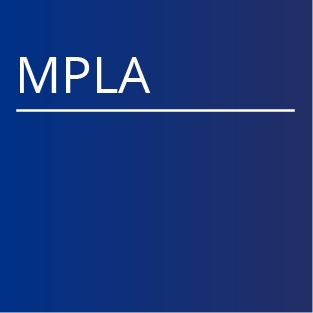Medical Facilities Asked To Register Sealed Radioactive Sources in Database
The American Association of Medical Physicists is encouraging medical facilities to register their beta- and gamma-emitting sealed sources in a national database created to ensure the proper disposal of unwanted sources and also to reduce global terrorism threats.
Through its Radiological Threat Reduction Program, the U.S. Department of Energy maintains a database of radioactive sources that are of concern to the U.S. government and the International Atomic Energy Agency. Traditionally, the program focused on americium and plutonium. Due to heightened concerns about the potential use of radioactive material in a “dirty bomb,” the database was expanded to include large medical sources containing cobalt 60 and cesium 137. The DOE also may consider including small medical sources such as brachytherapy sources, radium 226, strontium 90 and iridium 192, regardless of their activity level.
“Our objective is to know what is out there,” explained Raymond F. Greenberg Jr. with the National Nuclear Security Administration. “This registry allows us to maintain an active inventory.”
The DOE will provide recovery assistance of excess or unwanted sources at little or no cost to licensees that have registered with the program. To be considered, facilities should register source materials with Los Alamos National Laboratory . The registration form asks for information about the manufacturer of the source, the quantity of isotope and the size and shape of the source.
“All licensees are encouraged to register their sources even if they want to keep them for now,” said Mr. Greenberg. “When registering a source, you can clarify if it is excess.”
For more information, send an e-mail to osrp@lanl.gov or call 877-676-1749.



















